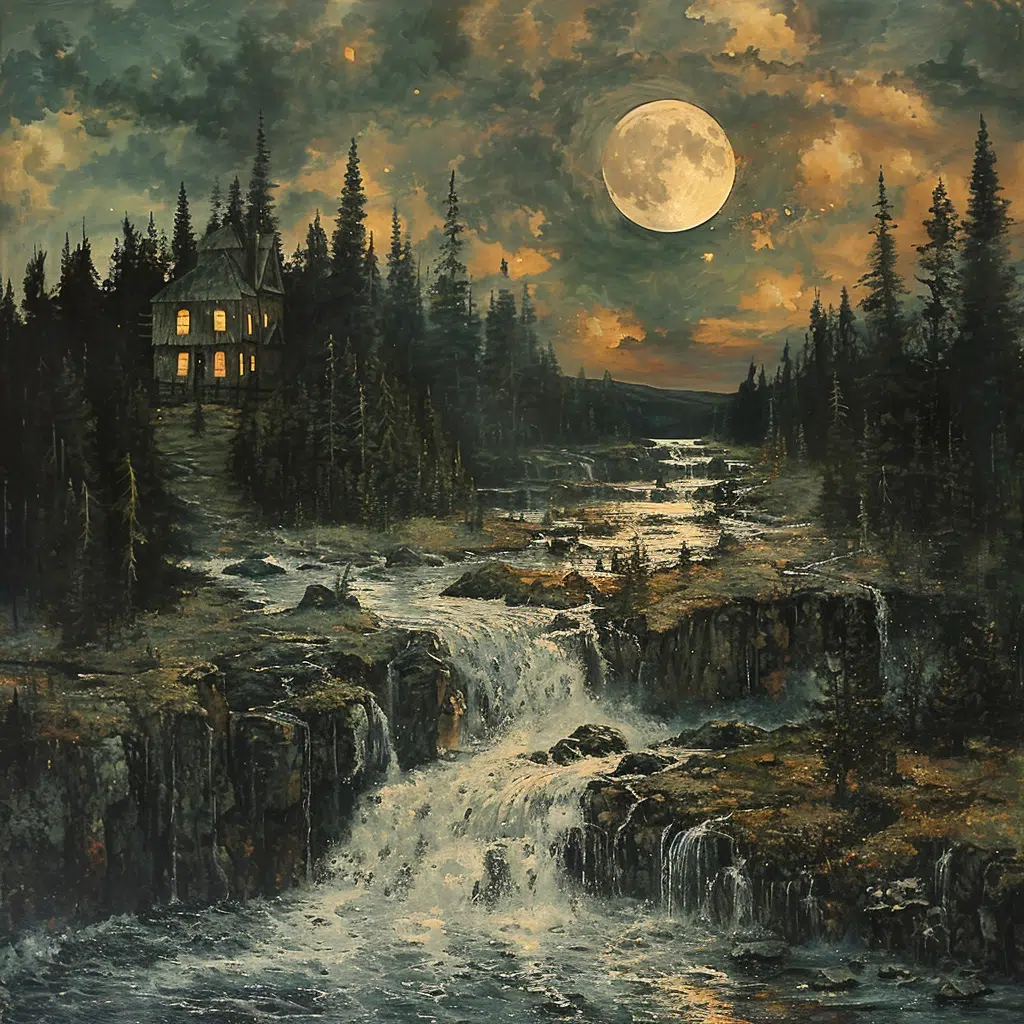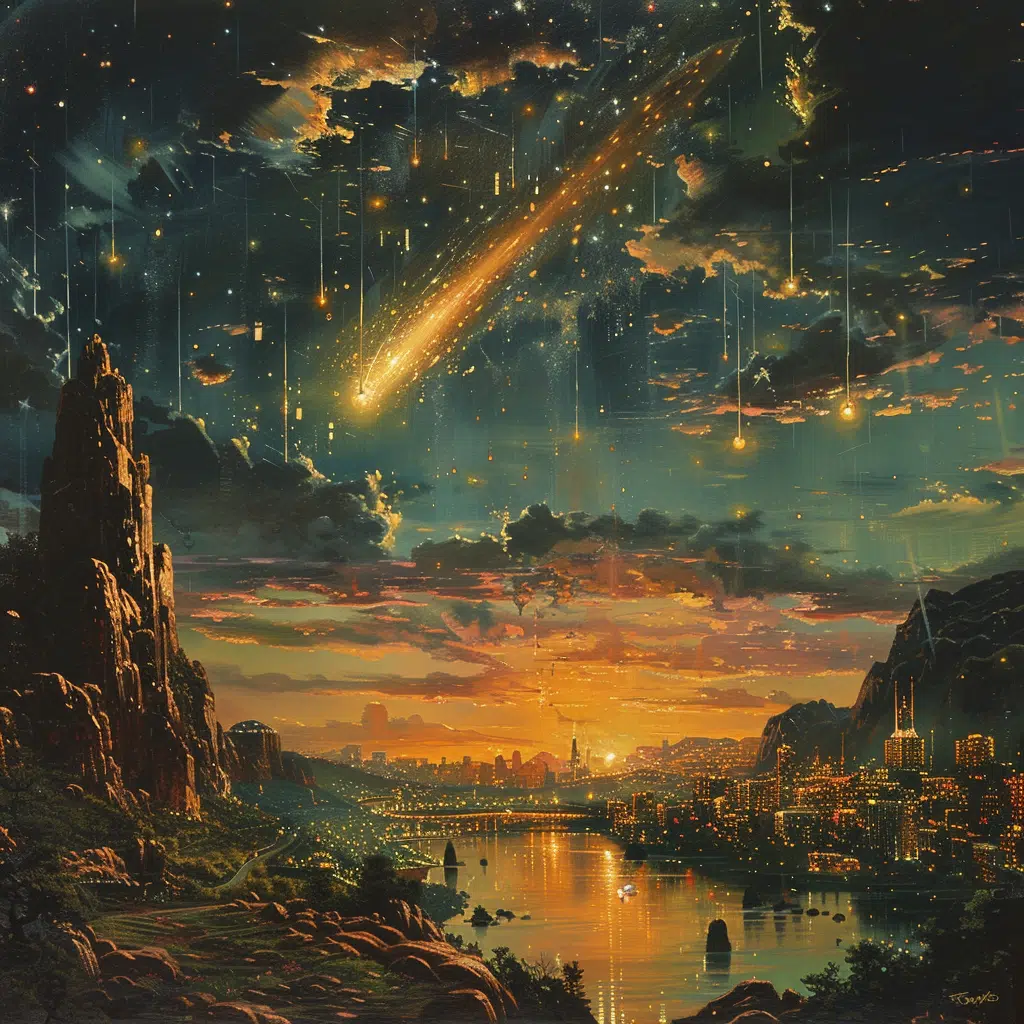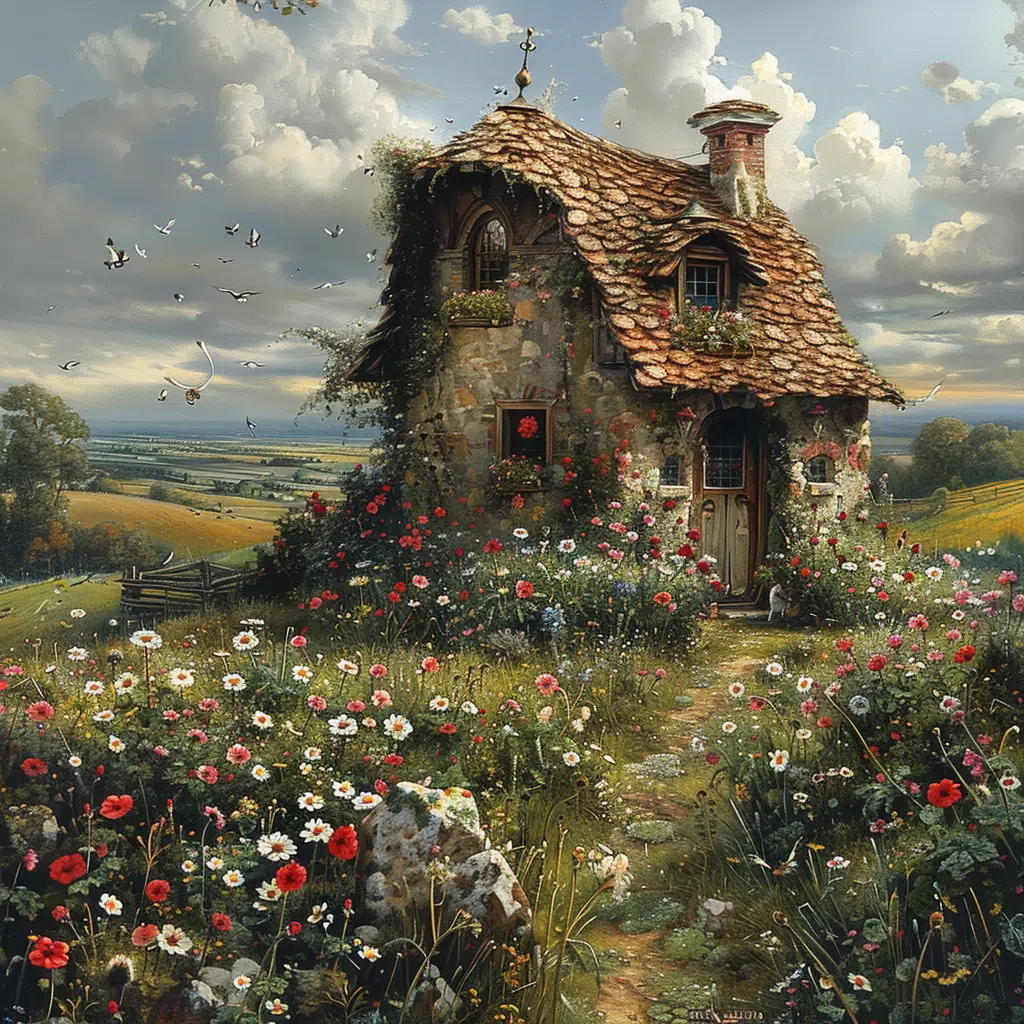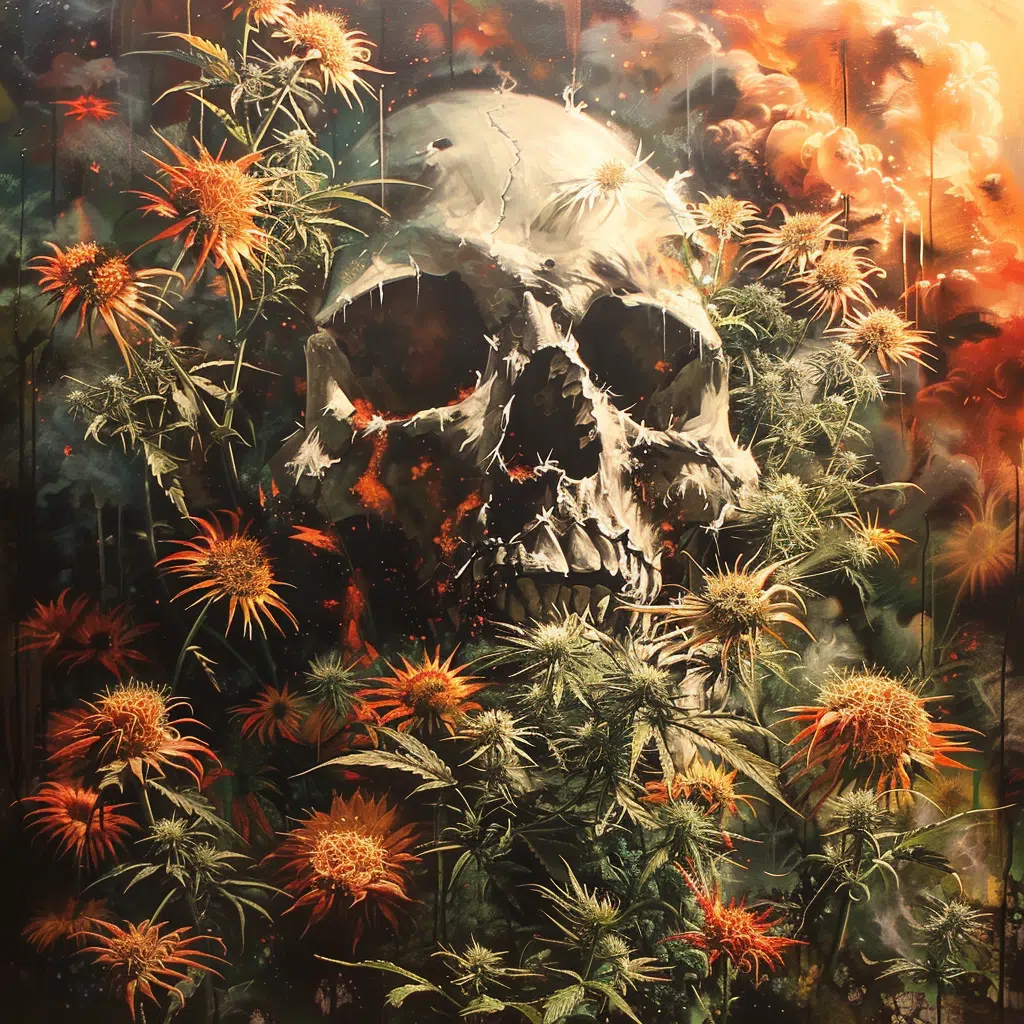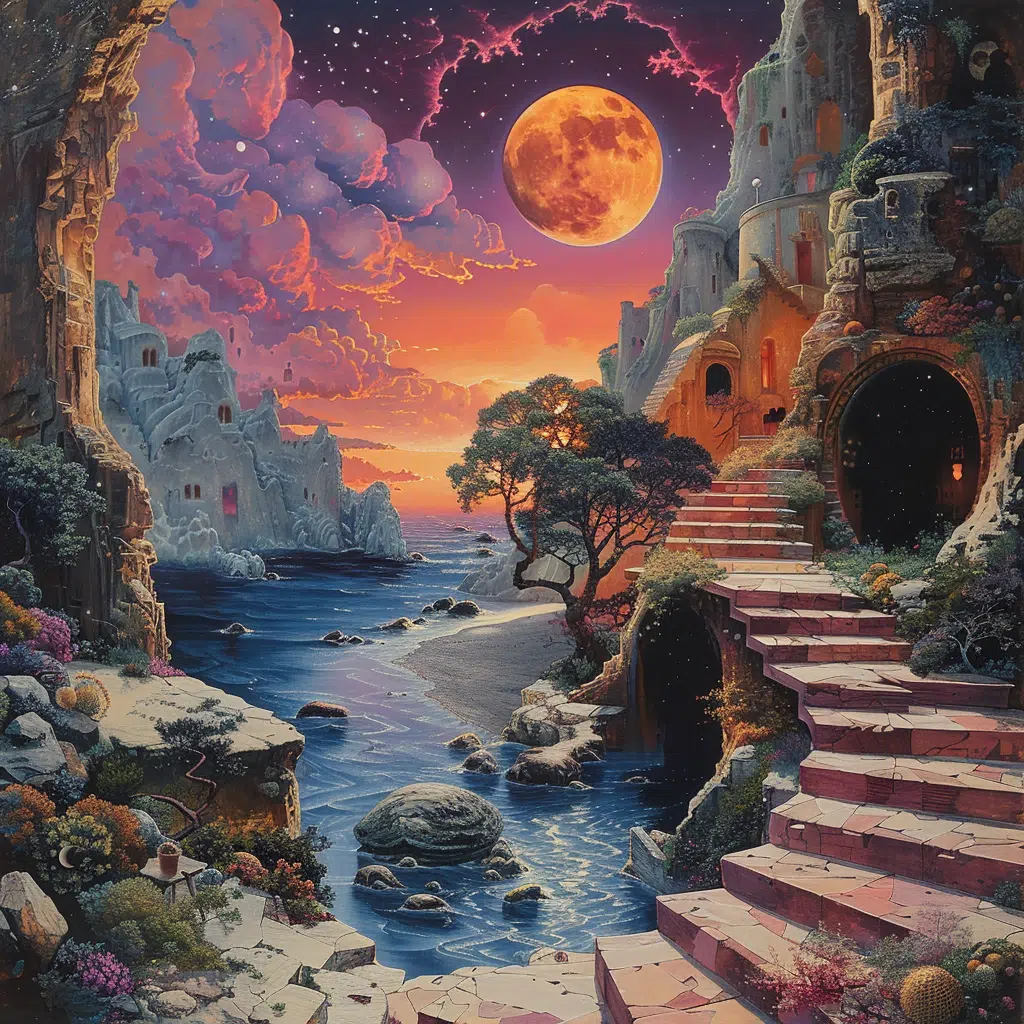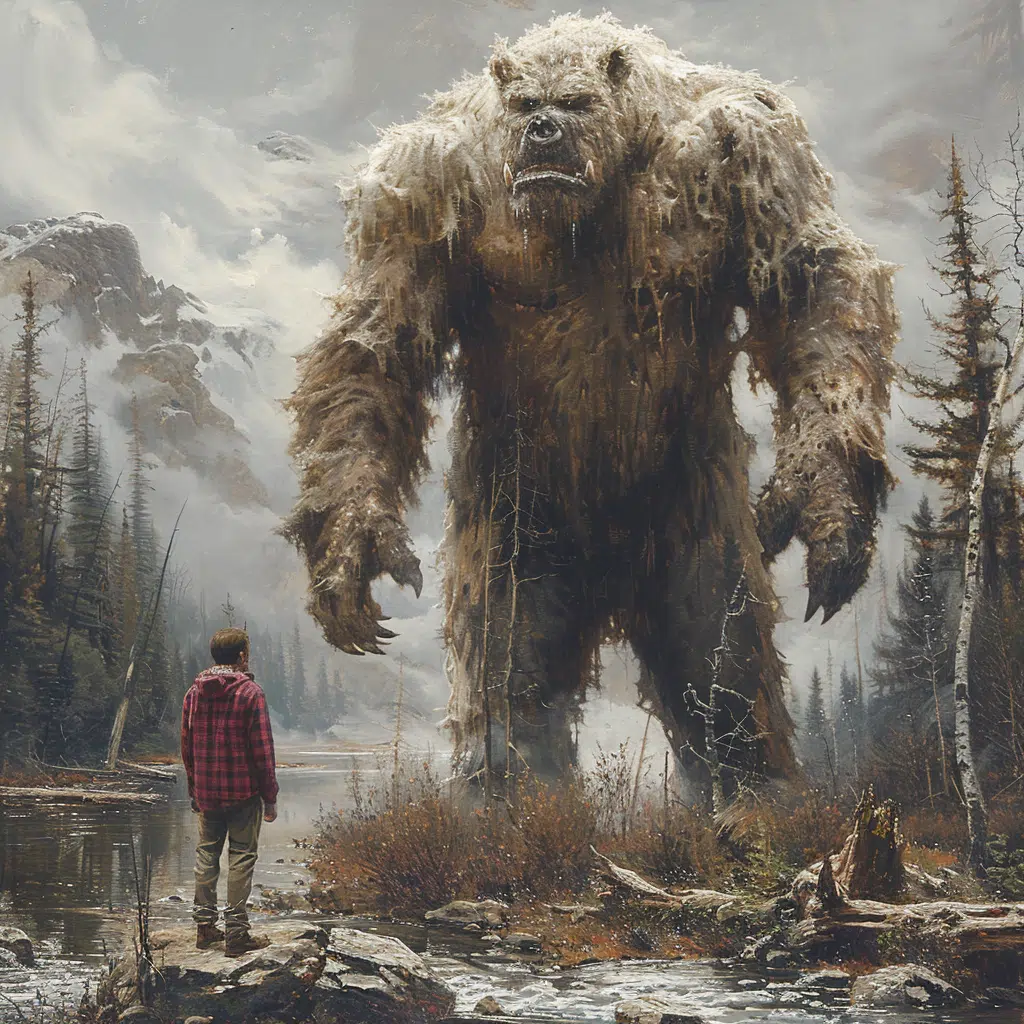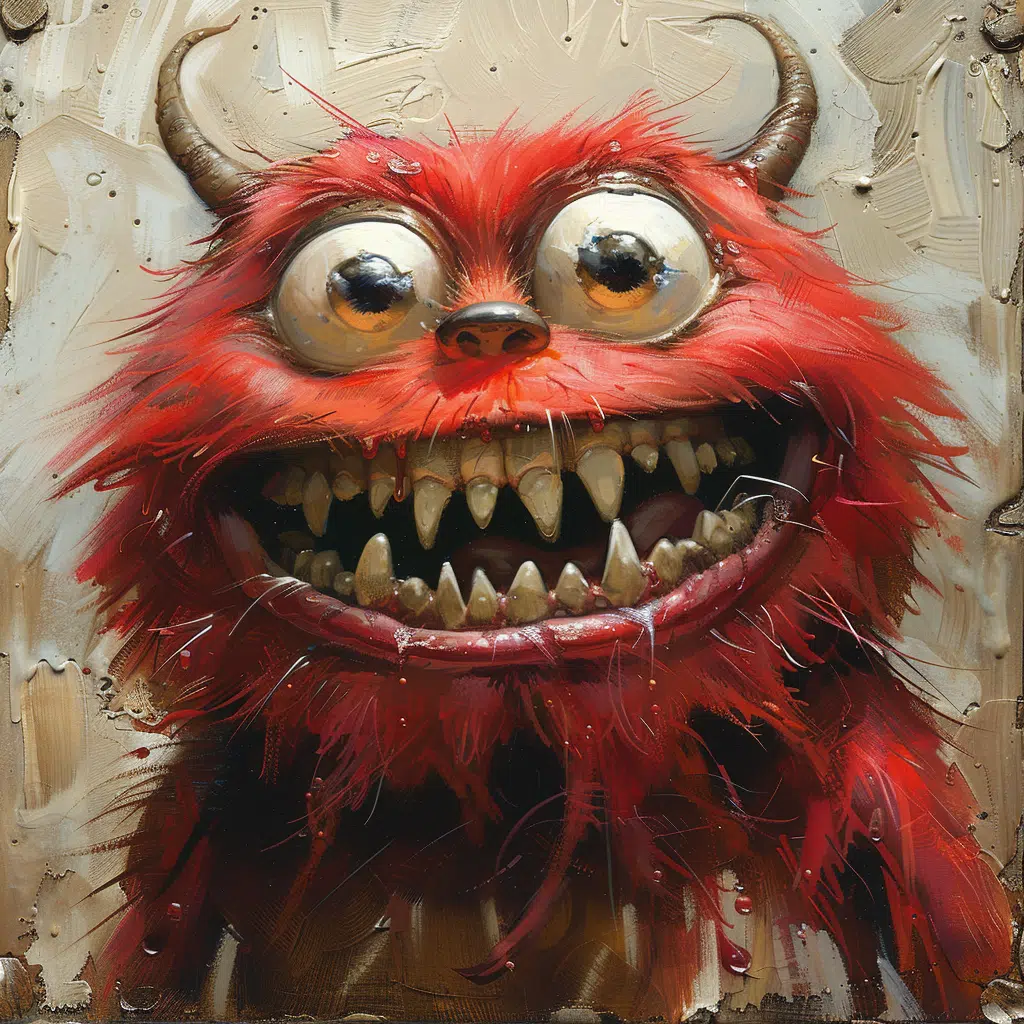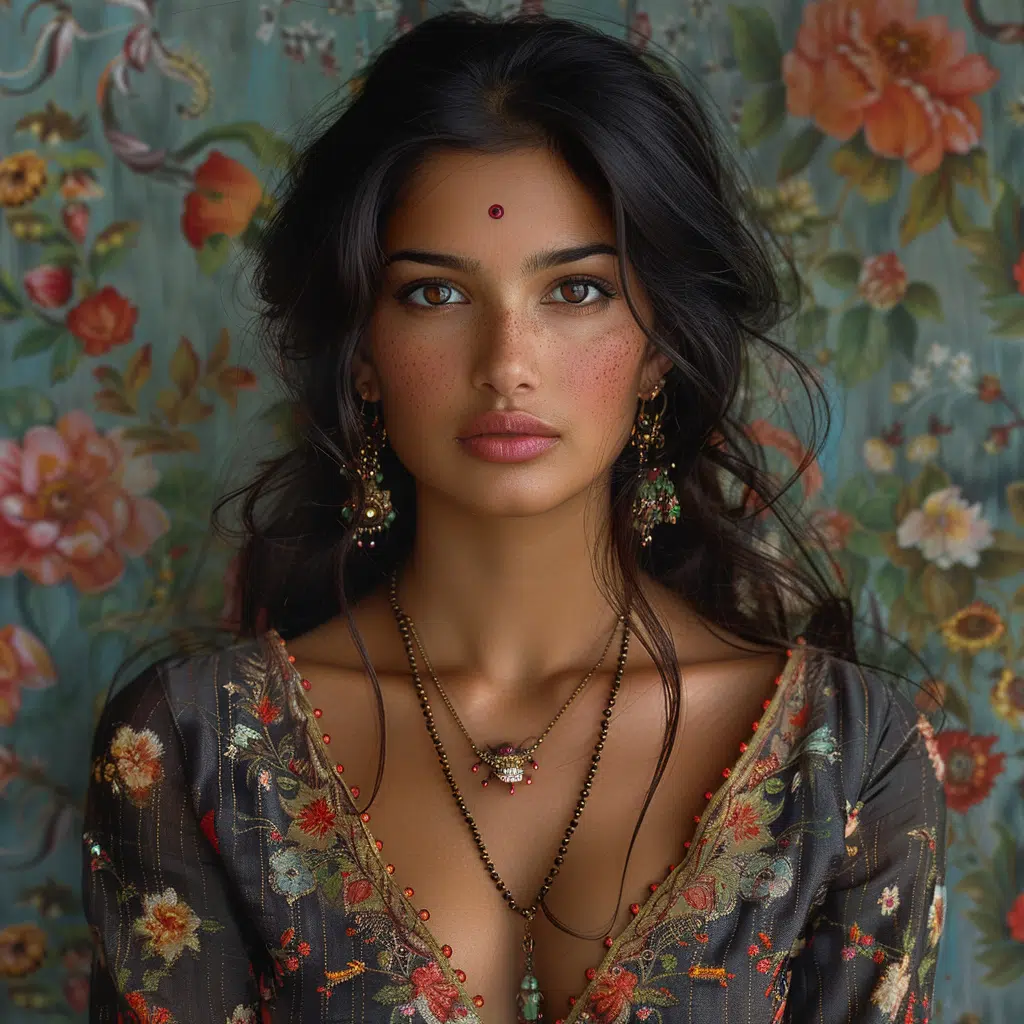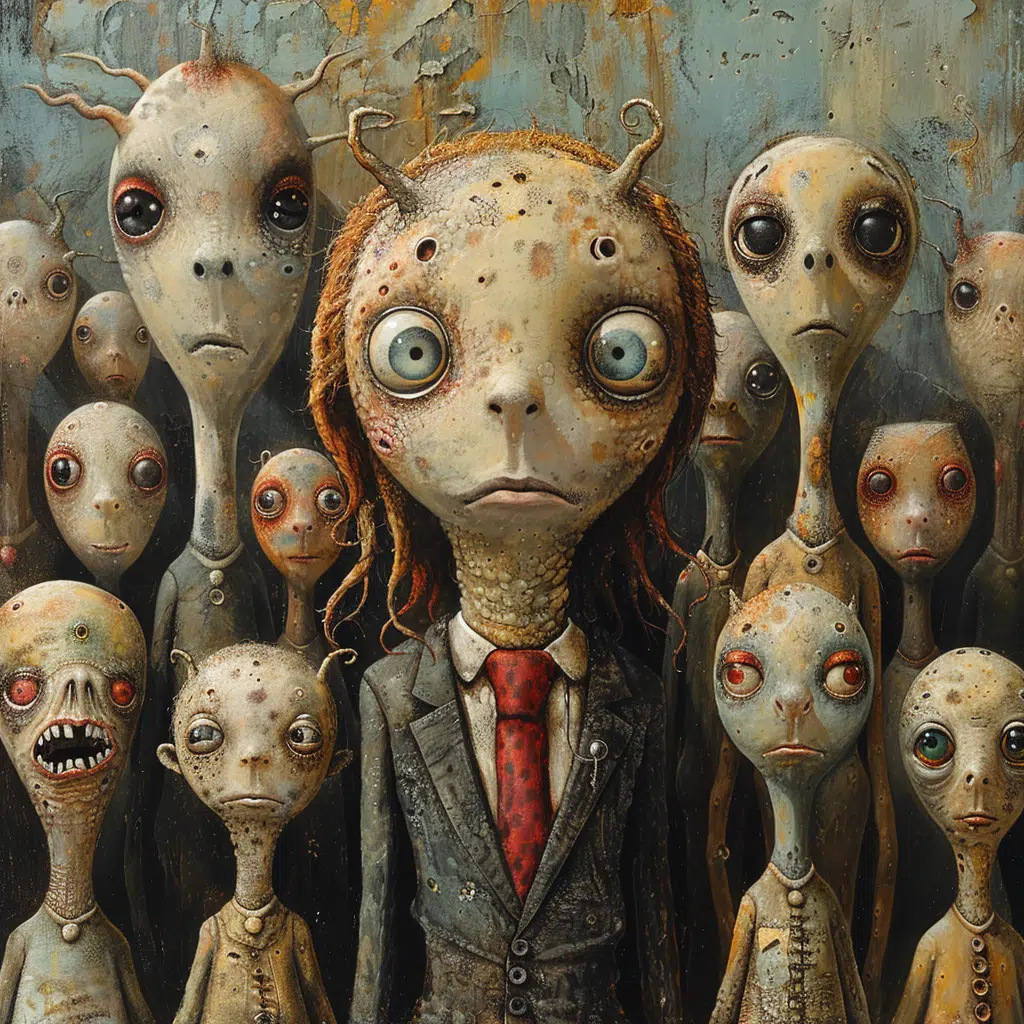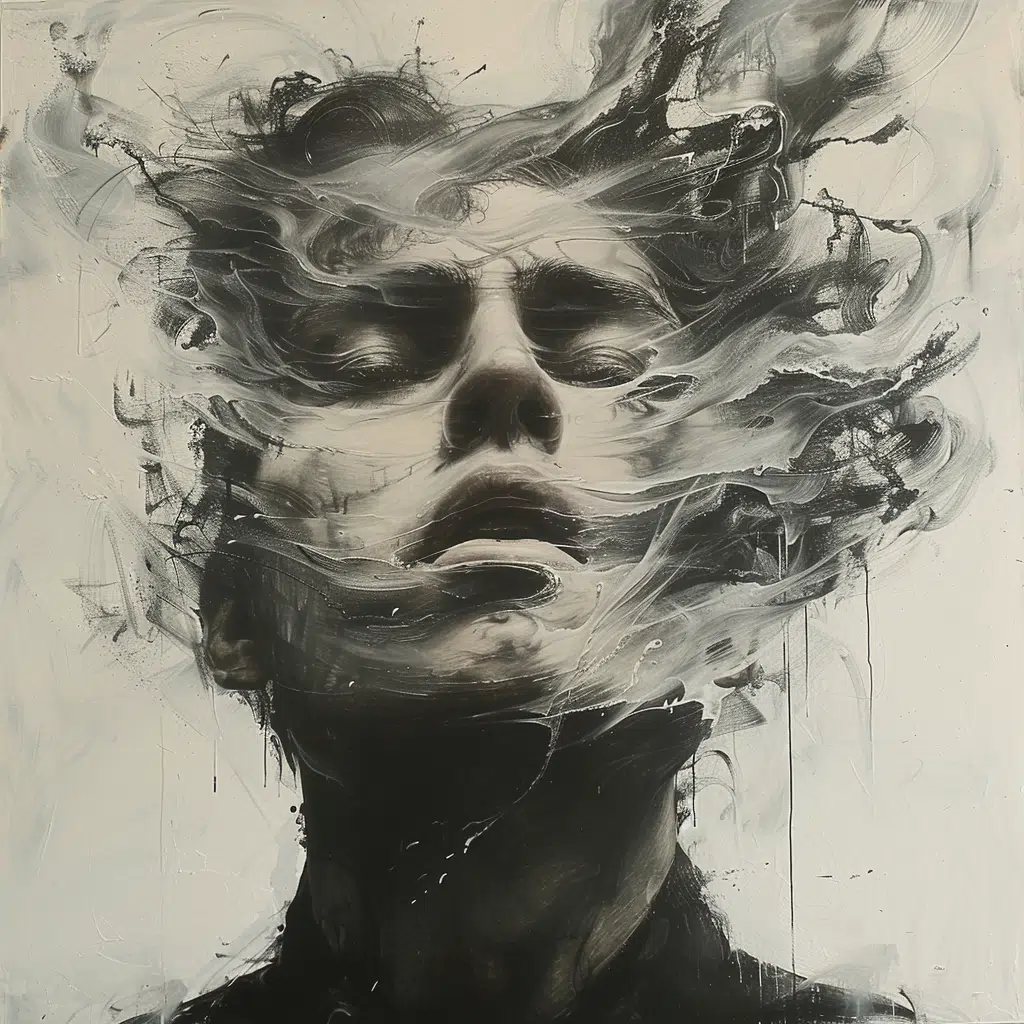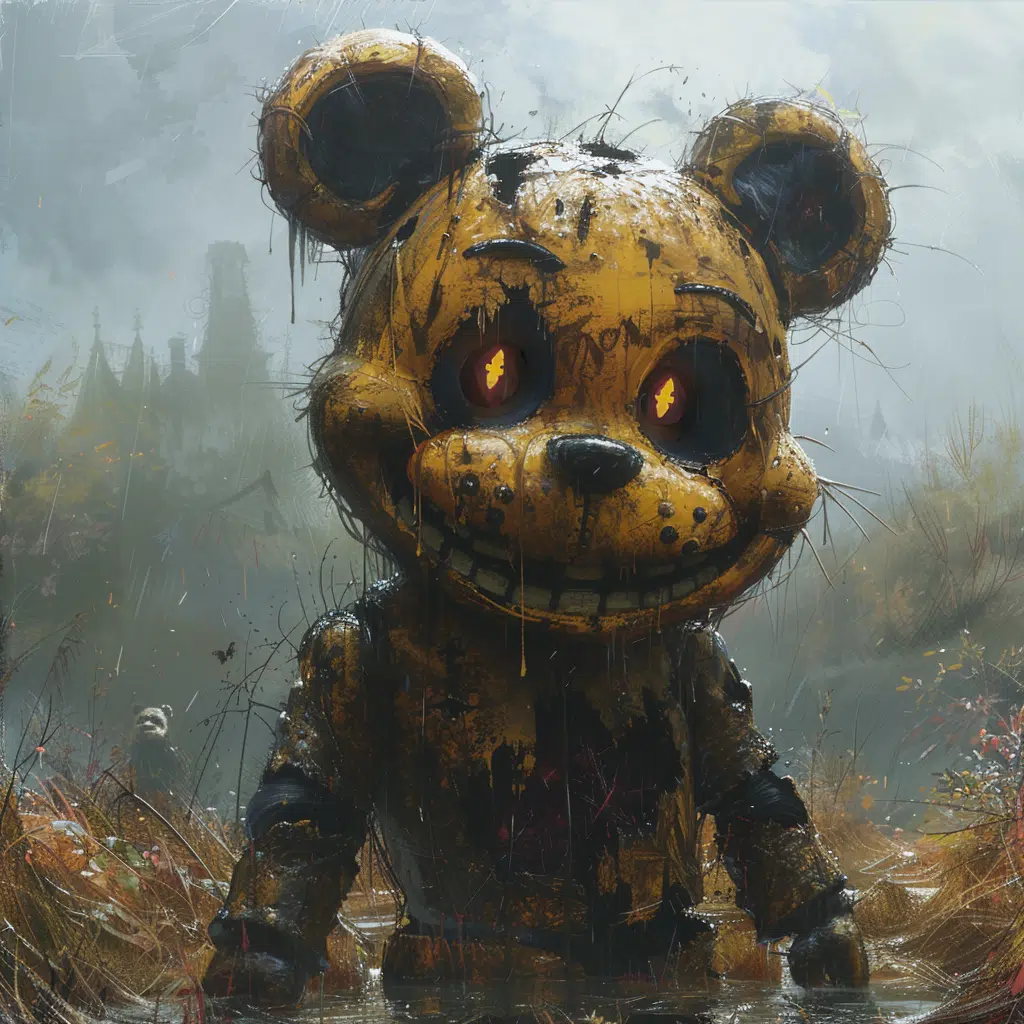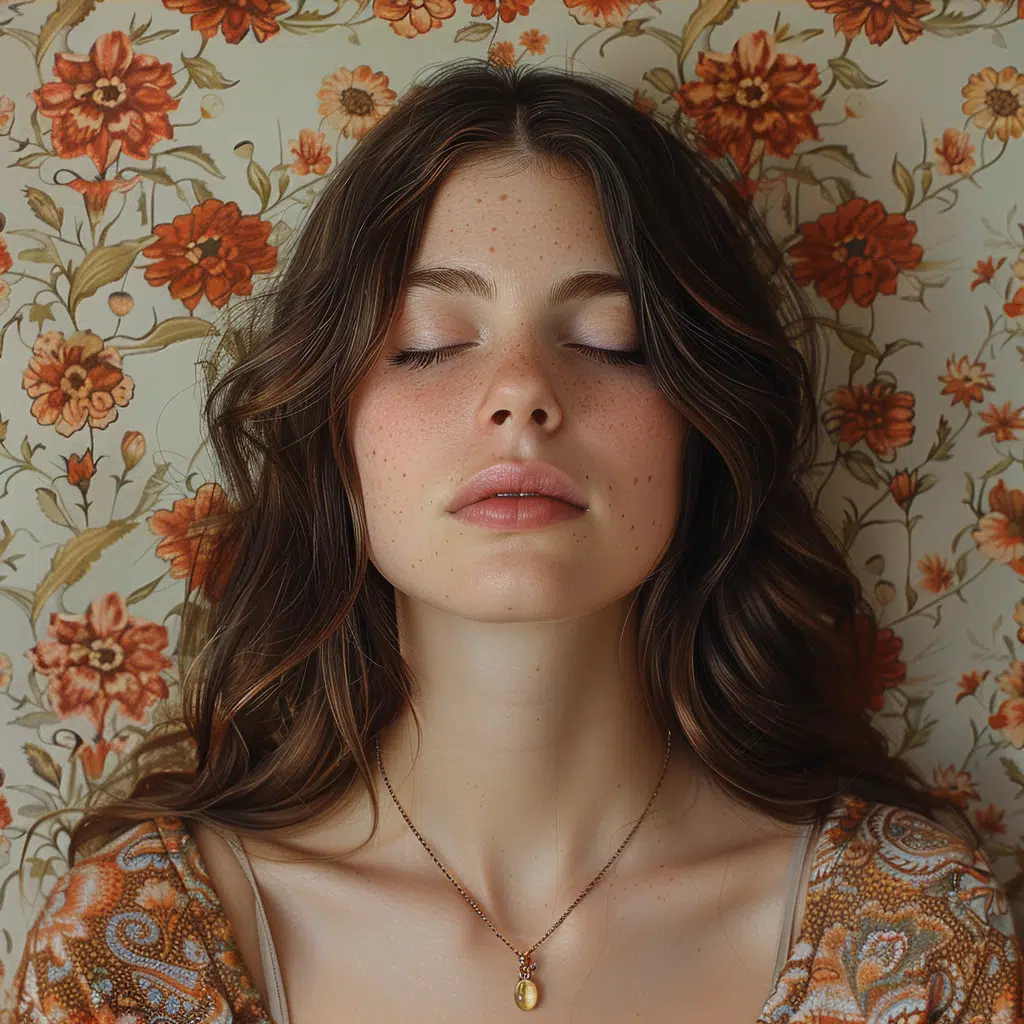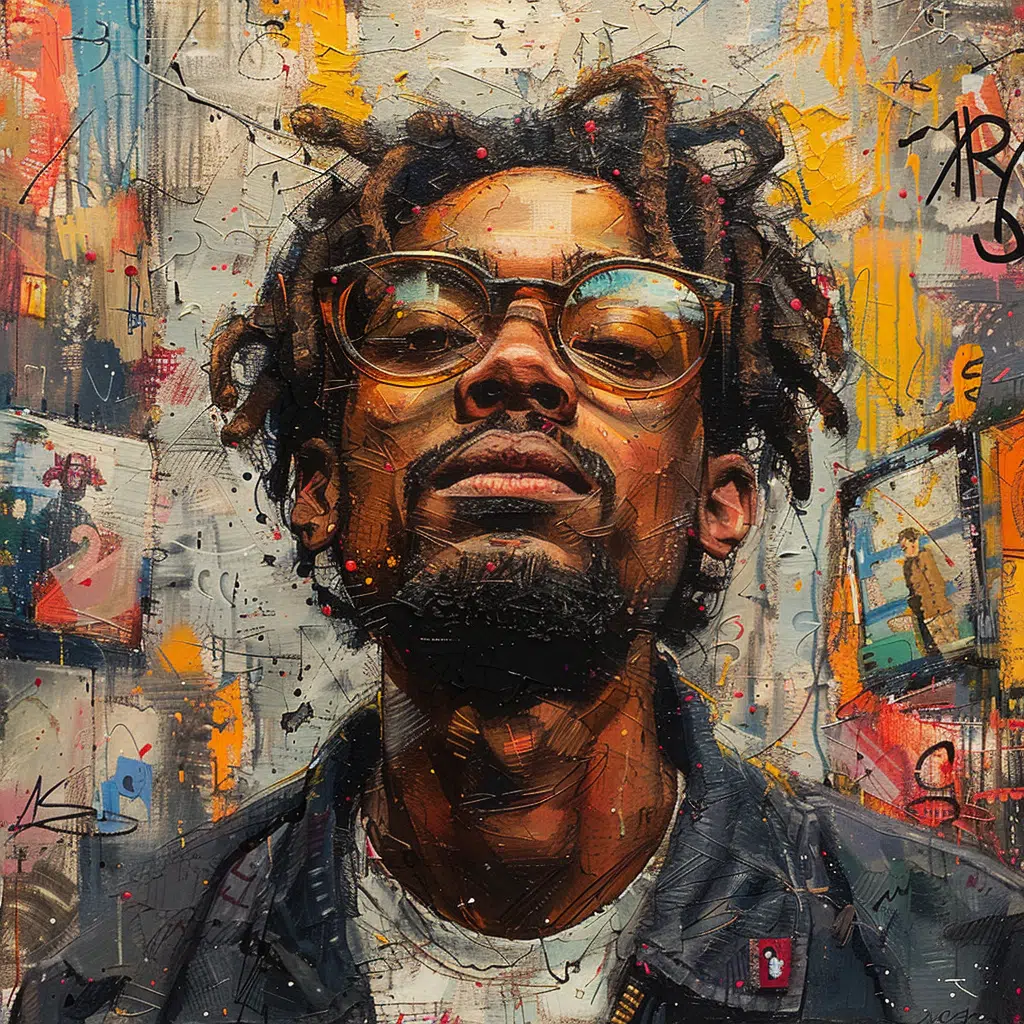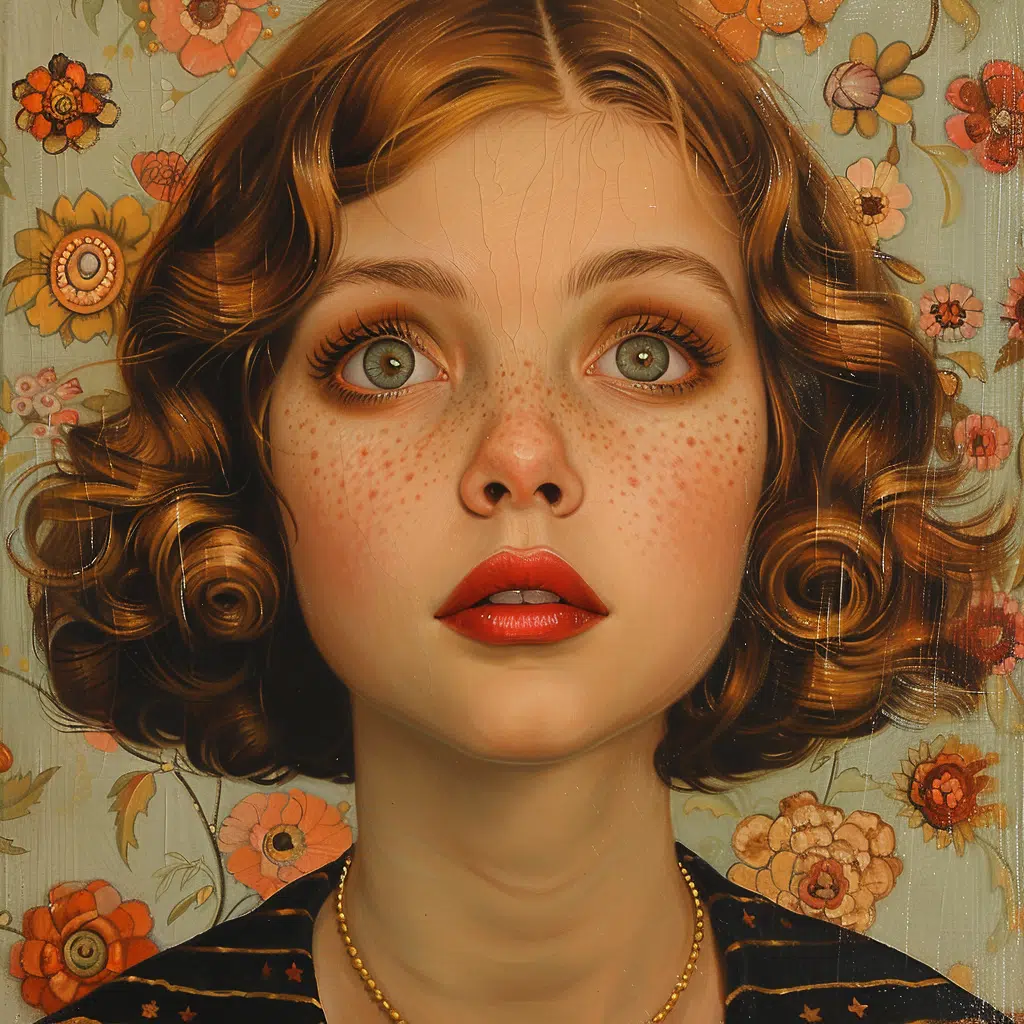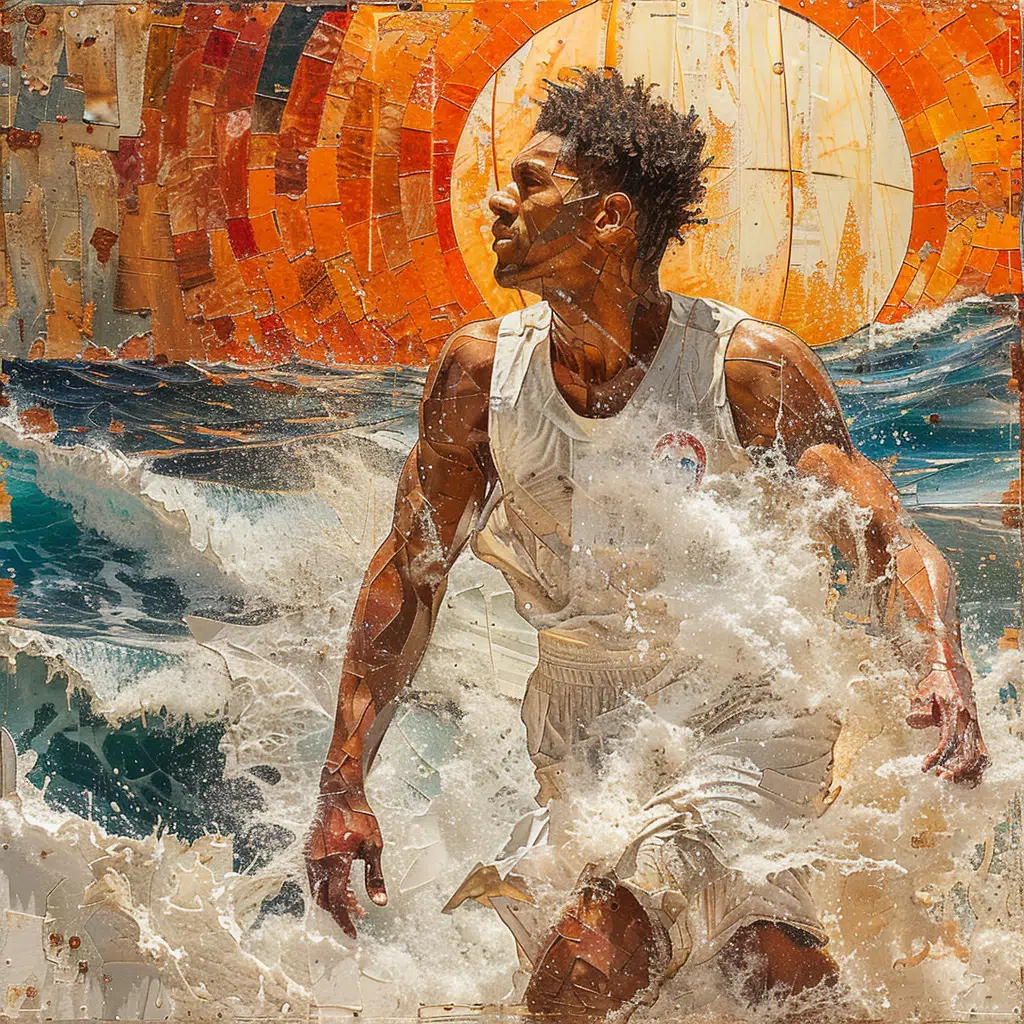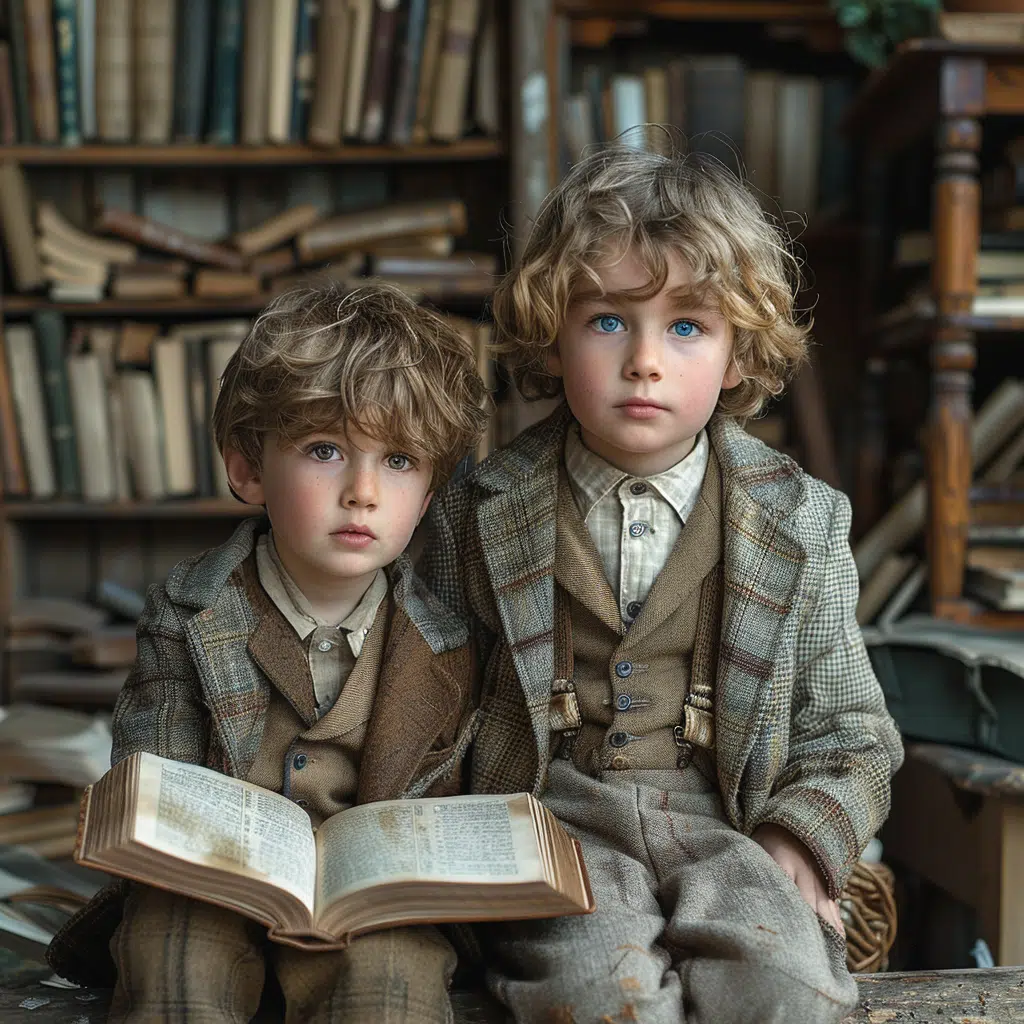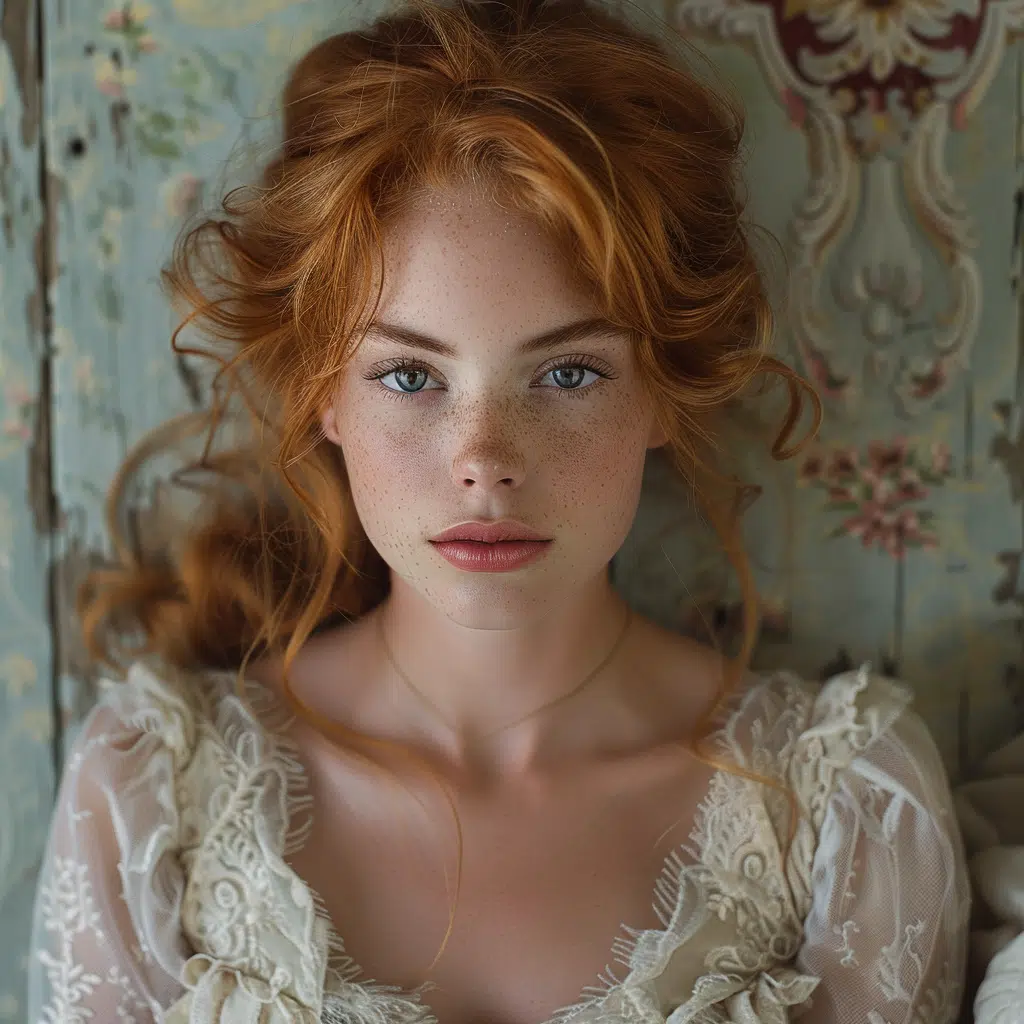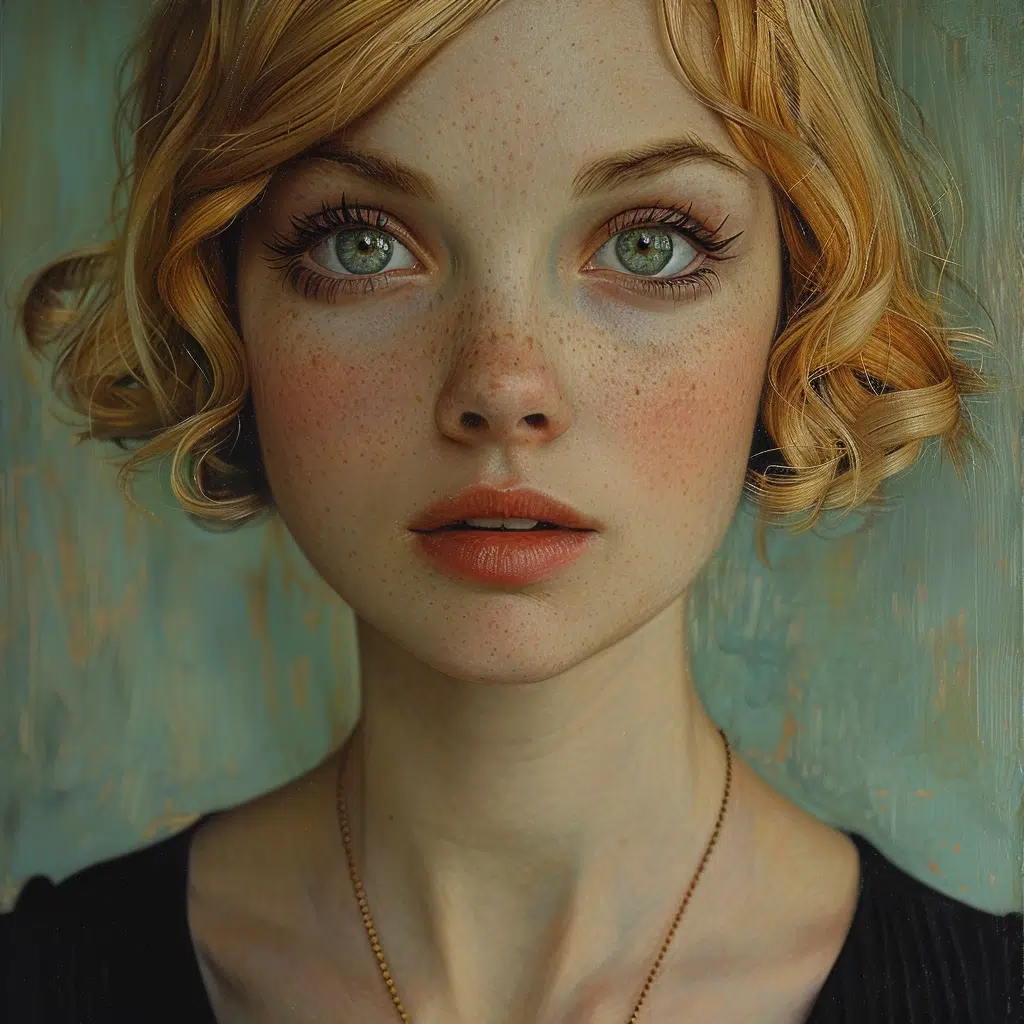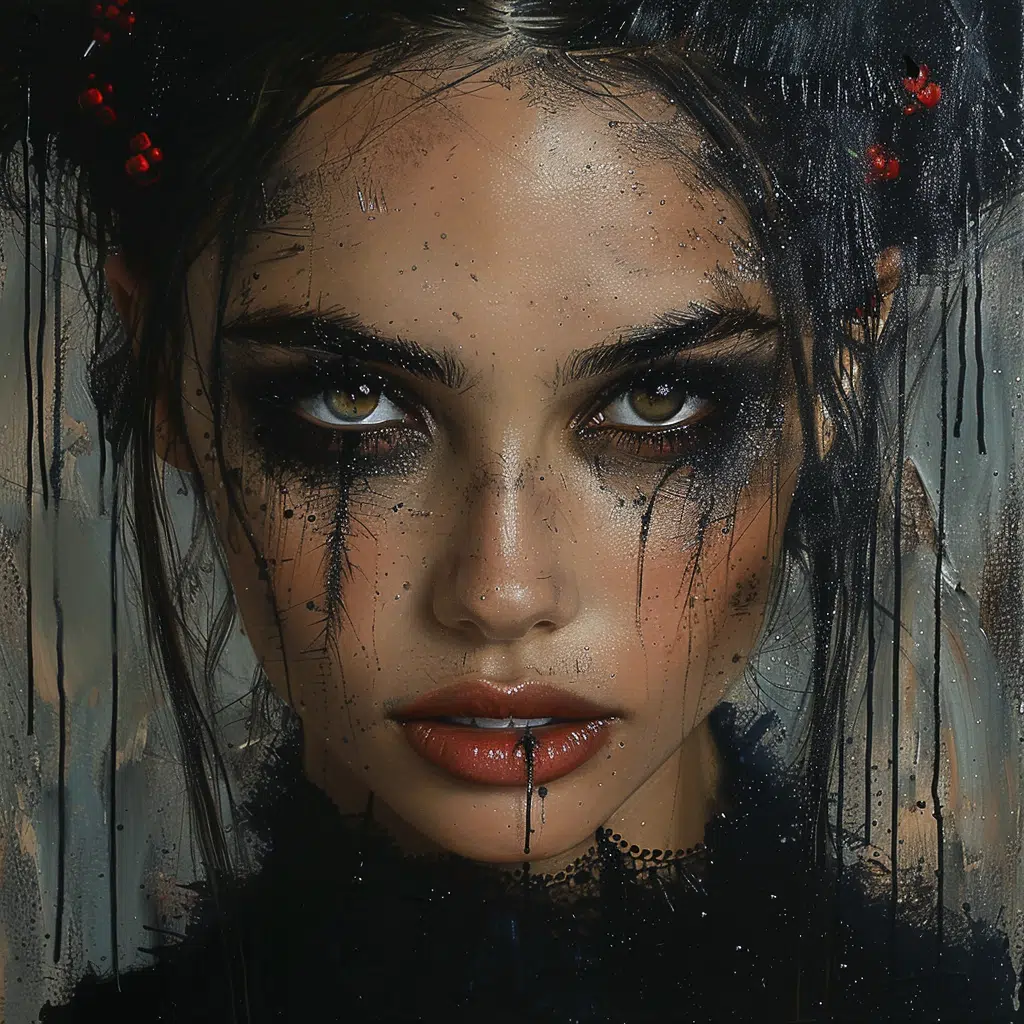The Oompa Loompa Phenomenon: Who Are They and How Did They Become so Intriguing?
They may be pint-sized, but their impact is colossal. The Oompa Loompas, a clutch of engaging, industrious characters from Roald Dahl’s classic ‘Charlie and the Chocolate Factory’, have captivated the imagination of audiences worldwide. A unique blend of whimsy, vivacity, and somewhat laboured rhymes, the Oompa Loompas, in their peculiar way, have transformed into cultural icons that transcend the original narrative in myriad ways.
But what makes these characters—witnessed toiling away in the halls of Willy Wonka’s fantastical candy factory—so compelling? Is it their distinctive look, their peppy musical numbers, or something more elusive?
The Oompa Loompa phenomenon can be conceived as a meeting point of the familiar and the novel—a strange-yet-congenial presence from a far-off land turning ordinary into extraordinary. They’ve embedded themselves into our collective memory by sidestepping the anticipations of readers and convention norms alike.
Historical Journey of the Oompa Loompa: Unearthing their Fictional Roots
But to really comprehend the intrigue surrounding these whimsical mythic beings, we must trace their journey from the first time Dahl’s ink graced the page.
‘Oompa Loompa’ Origin Story: The Willy Wonka Influence
Let’s turn back the pages to 1964. Roald Dahl, already revered as a hugely influential figure in children’s self help literature, created the Oompa Loompas for his rather dark yet imaginative novel, ‘Charlie and the Chocolate Factory’. According to Dahl’s narrative, they hailed from Loompaland—a far-off place beset by perils, where survival was a struggle involving combat with deadly Whangdoodles and vicious Vermicious Knids. The Oompa Loompas’ story was initially shadowed by racial controversy, positing them as African Pygmies shipped over by Wonka to work in his factory—a narrative point since revised in later editions to a narrative less charged with racial undertones.
Evolution of the Oompa Loompa Image Through the Decades
Interestingly enough, it was not until 1971 that their image was truly fleshed out on the big screen. Under the direction of Mel Stuart and enlivened by the musical genius of Leslie Bricusse and Anthony Newley, the Oompa Loompas morphed into the impish, green-haired, orange-skinned entities we familiarly associate them with.
In the “Wonka” trailer of 2023, we meet an Oompa Loompa of a different ilk. Played by actor Grant, this character exudes a new level of confidence and agency, consciously defining himself as “a perfectly respectful size for an Oompa-Loompa”. It’s a significant evolution from Wonka’s ‘miniature’ workforce, edging towards a more respectful representation in media.
Like their ‘Hunter Mountain‘ counterparts, the Oompa Loompas’ transformations through the ages are a testament to the fun and fluid adaptability of fictional characters. Each incarnation tells a story about changing social norms, artistic interpretations, and broader shifts in our cultural zeitgeist.
| Subject | Details |
|---|---|
| Origin | Oompa Loompas are a fictional group of workers from the children’s book Charlie and the Chocolate Factory by Roald Dahl. |
| Controversies | Dahl’s original 1964 Oompa Loompas are the subject of some racial controversy. Using “Oompa Loompa” as a term to insult a person with dwarfism is deemed offensive. |
| Height | An embodiment of an Oompa Loompa in the “Wonka” trailer, played by Grant, is 20 inches tall. |
| Representation in Film | In the “Wonka” trailer, Grant’s Oompa Loompa is presented in a glass jar. The character portrays self-respect for his size during an interaction with Wonka. |
| Publication Date of Origin Book |
Oompa Loompas in Pop Culture: More than just Willy Wonka’s Helpers
Far beyond the machinery-filled chambers of Wonka’s fantastical factory, Oompa Loompas have leaped into the wider sphere of pop culture, becoming metaphoric signifiers in our everyday vocabulary.
Presence in TV, Film and Literature Beyond the Chocolate Factory
Beyond the books and films, Oompa Loompas have permeated various media forms, from TV shows and fan fiction to social media memes and cultural catchphrases. For instance, a reference might be made to an ‘Oompa Loompa’ during a comedy skit lampooning self-tanners.
Unsurprisingly, this phenomenon has given rise to an assortment of homages, parodies, and caricatures, such as the recurring ‘Oompa Loompa’ skits on “Saturday Night Live” or the infamous Oompa Loompa dance on “The Office,” hilariously attempted by actor Jake Lacy.
Distinct Oompa Loompa Trademarks that Capture the Public Imagination
Various distinctive trademarks of Oompa Loompas have captured the public imagination. Their unmistakable costumes, toupée-like green hair, and darkly humorous albeit moralistic songs are scratch-and-sniff stamps on popular memory. Beyond the outer attributes, it’s their unwavering loyalty to Wonka and monogamous dedication to their craft that resonates.
Coined by Roald Dahl, the term ‘Oompa Loompa’ itself has become an oft-used phrase in popular vernacular—with an urban dictionary entry to boot! It’s no surprise that their legacy, like the enduring spirit of Dennis Kirk, lives on in the labyrinth of pop culture consciousness.
Deep Analysis: Oompa Loompas’ Representation of Worker Exploitation
The Oompa Loompas’ narrative, however, isn’t merely one of visual amusement, earworm-inducing songs, or quirky work ethics. Scratched beneath the veneer of their jovial exterior, a more profound commentary engulfs their existence.
The Metaphoric Aspects of their Existence
Internally displaced persons of fictional Loompaland, rescued by Wonka and indebted to him for their survival, the Oompa Loompas mirror a metaphoric representation of exploited workers. Enlisted to handle labor-intensive tasks, they receive cocoa beans as remuneration. This dynamic—albeit in the realm of children’s fiction—brings to mind the existing capitalist structures of our real world.
Dissecting the Sociopolitical Commentary Behind their Creation
The portrayal of the Oompa Loompas as workers living and working interminably within the confines of the factory is underlined by a subtle hint of the known narrative of labor exploitation, the concentration of wealth, and the capitalist structure that supports such a scenario.
Importantly, they are not seen as victims but instead, they cheerfully accept their position, implying how entrenched and normalized such exploitative labor practices can be, as Wonka is seen as their savior, not their oppressor.
The Oompa Loompa Effect: Their Impact on the Entertainment Industry
Harnessing the narrative power of the Oompa Loompas, the entertainment industry has had a field day, grappling with the dynamism of their characters.
Influence on Character Creation and Storytelling
Their vividly distinctive characteristics have spurred imaginative explorations across a myriad of narratives, playable characters in video games, or even as inspiration for the entry of fantastical otherworldly beings into the narrative landscapes of movies and shows. Inviting us to examine underlying societal issues through the lens of humor, these fictional personas stand as a testament to Dahl’s ingeniously layered storytelling.
Breaking Down the Financial Impact: Profitability of the Oompa Loompa Brand
Marketing machinations have used the popularity of the Oompa Loompas to profitable outcomes—ranging from merchandise branding to inspirations for Broadway’s musical renditions. They’ve grown to become a veritable sub-brand of the Willy Wonka franchise, further illustrating their broad cultural import.
The Lasting Legacy of Oompa Loompas: Future Predictions and Trends
As the wheel of time spins, the Oompa Loompas continue to permeate the narrative matrix of popular culture, their legacy as vibrant as ever.
Oompa Loompa Inspired Trends in Modern Media
In recent years we’ve noticed a burgeoning trend of reinventions of classic characters. The latest rendition of the Oompa Loompa character, as embodied by actor Grant, could herald a wave of iterations paying homage to these lovable figures in inventive ways. Signs of this trend may already be visible, reminiscent of how John Krasinski’s directorial approach reinvigorated the horror genre.
Predictions for Oompa Loompas in Future Narratives
The future narrative canvas for the Oompa Loompas is, undoubtedly, rife with possibilities. This could include more respectful representations, exploring their individual identities, or even a spin-off story that delves deeper into their unique culture and traditions.
The enduring popularity of the Oompa Loompas suggests that these enigmatic beings are destined to continue captivating audiences, even as the narratives around them evolve.
Unraveling the Oompa Loompa Fascination: Final Thoughts
With their distinctive blend of wit, eccentricity, and subtly pointed social commentary, Oompa Loompas strike a chord through diverse storytelling platforms. To truly understand their enduring allure in popular culture, one must expand one’s perspective beyond their roles as factory workers.
While primarily designed to entertain, they also invite reflection, discussion, and introspection about our societal structures—entertaining us while making us think.
Tose captivated by the Oompa Loompas should watch this space. In our next issue, we’re diving headfirst into interviews with Hollywood artists influenced by these indefatigable workers. Find out just how deep the Oompa Loompa rabbit hole goes, as we spotlight their impact on cinematic creation. Till then, let’s continue to revel in the fascination of these peculiar characters, as their legacy continues to evolve in our collective pop culture consciousness.
At the end of the day, whether it’s the mysteries of Loompaland or the workings of the Chocolate Factory, the Oompa Loompas ensnare our interest because they, in all their bizarre glory, shine a light on the human condition—and the world we inhabit.
What does it mean to call someone an Oompa Loompa?
Listen folks, if you’re calling someone an “Oompa Loompa”, you’re jokingly comparing them to the iconic dwarf-like characters from Roald Dahl’s classic novel, “Charlie and the Chocolate Factory”, and its movie adaptations. These characters were known for their orange skin, green hair, and a knack for breaking into catchy ditties, so try not to take the comparison too seriously!
What movie is Oompa Loompa?
Ah! You’re wondering about the Oompa Loompa movie, aren’t ya? Well, they first danced their way into pop culture in the 1971 film “Willy Wonka & the Chocolate Factory”, and later appeared in Tim Burton’s 2005 reimagining, “Charlie and the Chocolate Factory”.
What is the Oompa Loompa controversy?
Ah, the Oompa-Loompa controversy, quite a hang-up over the years. This hullabaloo mostly stems from Dahl’s original depiction of the Oompa-Loompas as African pygmies in early editions of his book, which led to accusations of racism. Eventually, the author replaced the controversial image with the more familiar depictions of small, funny, orange-skinned factory workers in later revisions.
Can Oompa-Loompas be girls?
Oh totally, Oompa-Loompas can definitely be girls! There doesn’t seem to be any rule banning female Oompa-Loompas. However, in the movies and most book illustrations, they’re typically shown as male. Go figure!
Do Oompa-Loompas get paid?
Do Oompa-Loompas get paid, you ask? Well, in Roald Dahl’s “Charlie and the Chocolate Factory”, they’re paid in cacao beans, their favourite food from their homeland. As for the actors who played them in the films, we sure hope they saw more than beans for their efforts!
What gender are the Oompa-Loompas?
Talking about gender, the Oompa-Loompas in the movies and most illustrations are predominantly male. But remember, in the topsy-turvy world of Willy Wonka, nothing’s set in stone!
What were Oompa-Loompas originally called?
Initially, the Oompa-Loompas were simply referred to as “whipple-scrumptious fudgemallow delights” by Dahl in early drafts of his book. Talk about a mouthful!
What is the meaning of the word Oompa?
Now, the meaning of “Oompa”, it’s really just a piece of absurdity from the wonderful imagination of Roald Dahl. It doesn’t have a specific definition—you could say it’s simply music to your ears!
What are Oompa-Loompas called now?
What are they called now? The term “Oompa-Loompa” stuck around. Though the controversy led Dahl to change their depiction, these little helpers of Willy Wonka are still known as Oompa-Loompas.
What is the meaning of Loompa?
The term “Loompa” doesn’t have any specific meaning either. It just goes hand in hand with “Oompa.” Together, they create a unique, catchy, and, let’s face it, unforgettable term!
What were Oompa-Loompas originally called?
Circling back to their original name, the Oompa-Loompas were first called “whipple-scrumptious fudgemallow delights.” You gotta agree, Oompa-Loompa is a tad easier to remember!





